Heavens above, the M5 is awful. It’s not especially fast, it’s certainly not fun to drive and it’s not much to look at. Relentless, drab and morose, it just goes on for mile after mile with barely a likeable facet or redeeming feature, pummelling your enthusiasm pancake-flat.
The section between Quedgeley and Tytherington is downright ugly, even with a few Welsh mountains decorating the horizon. If it wasn’t for the split-level stretch just south of the Severn crossing (and the world-class sausage rolls at Gloucester Services), this might actually be the most boring motorway in Europe. There, it’s out of my system now. I feel better already.
A car like the BMW M5, however? Well, that’s definitely one way to make the other M5 seem decidedly less awful. The late-1990s-to-early-2000s-era, third-generation E39 M5 in particular was hailed as one of the greatest and most versatile driver’s cars BMW has yet made when Autocar staffers were asked recently to nominate and justify the used car they had been daydreaming about for the past 12 months.
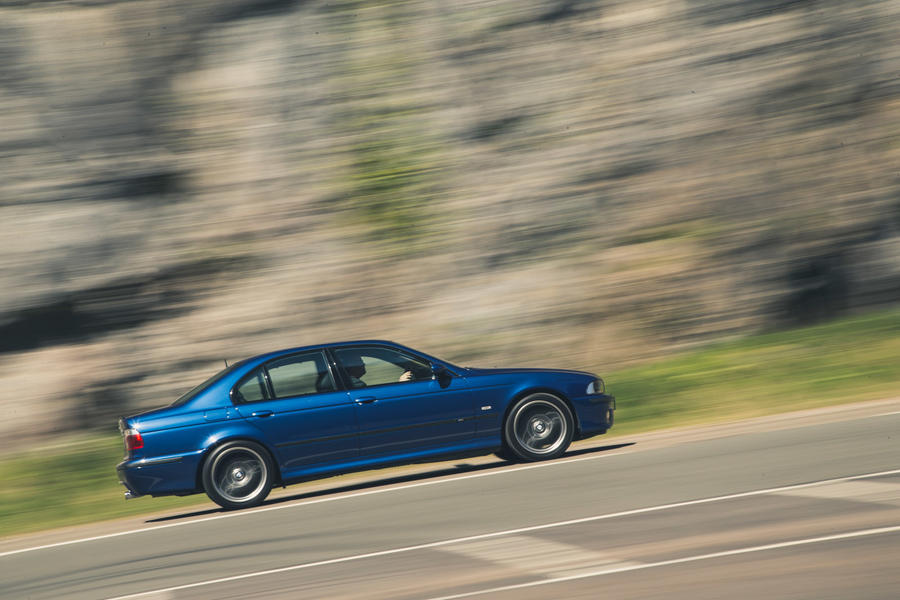
We voted for a winner and the M5 won. My own prize was this fine excuse to spend a long day in what might be the single loveliest example of this mercurial, two-decade-old ’bahn-stormer that exists anywhere in Britain: BMW UK’s immaculate ‘heritage fleet’ press demonstrator.
Naturally, I took it to the other M5 and then to the nearest thing we have to a Himalayan fell: Cheddar Gorge – although I could just as easily have gone to Milton Keynes or the Basingstoke gyratory and been no less smitten. The E39 has a reputation that might actually discourage you from driving or buying one as likely as motivate you. It is, some say, the greatest M car there has ever been. But what if they’re wrong? If, like me, you’ve wanted one since first laying teenage eyes on it in pages of this very magazine in the late 1990s, would you really want to know?

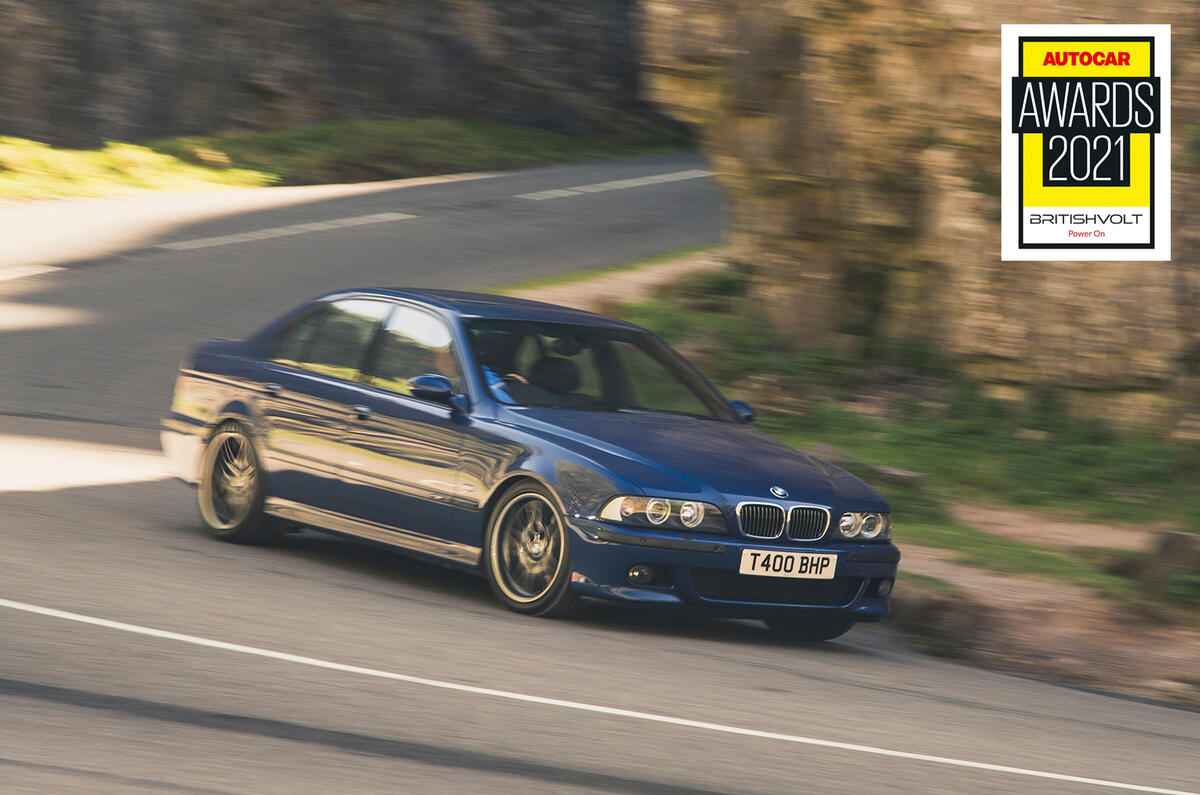








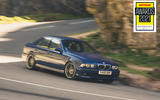









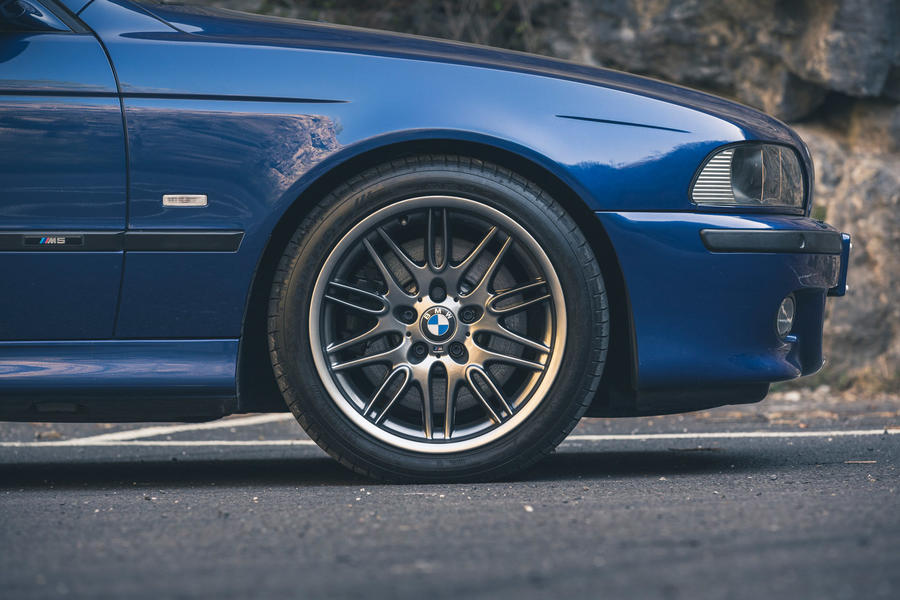
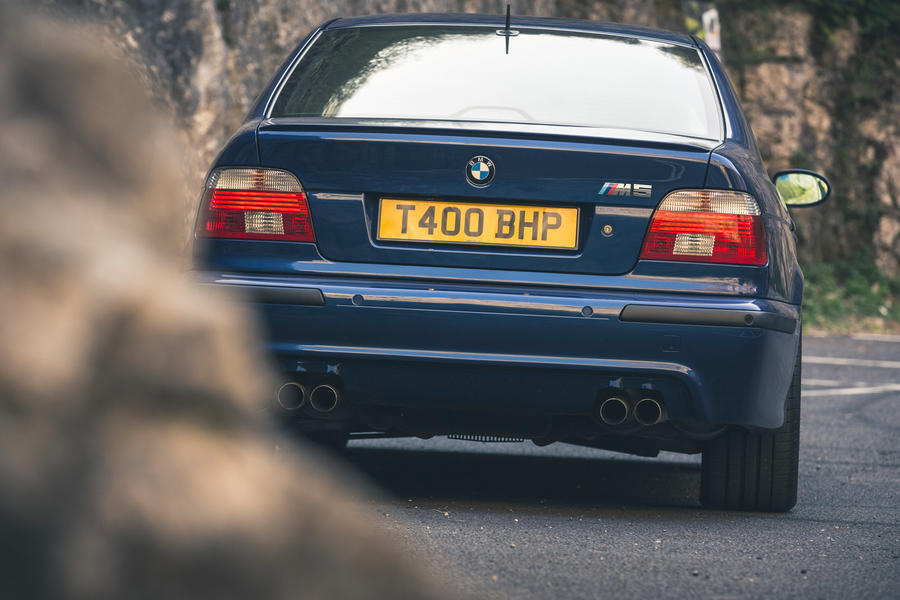






Join the debate
Add your comment
Great car. I still have a 530i M sport (auto) but the M5 is the daddy. Rack and pinion steering for the I6 e39 V8 front end based on the e38 7 series with V8 engines. Such a nice car you wonder how much time they spent designing this thing, I should probably move on at some point, but no plans to do so especiallly as it's ULEZ compliant which seems fitting that such a great car when many more modern vehicle won't and that says a lot about the E39 in general.
ps Don't think that the only E39 to get is an M5, they were all great cars provided you know what you are after. The well specced 540i (with sport package) for example might be a good equivalent if you want that V8 vibe without the economic tears and also steptronic auto is then possible, which may be a better choice for these times in any case.
scrap@, I also had a 530iM sport with a manual box,and as you say a great car, a time machine, you could do 200 miles and felt like you'd only done 20 miles, it was that good.
I nearly bought one in 2007, but I opted for M3 (E46), I think it was equally as much fun as the M5, especially because it had a manual gearbox, would I have either today?, yep, you betcha!